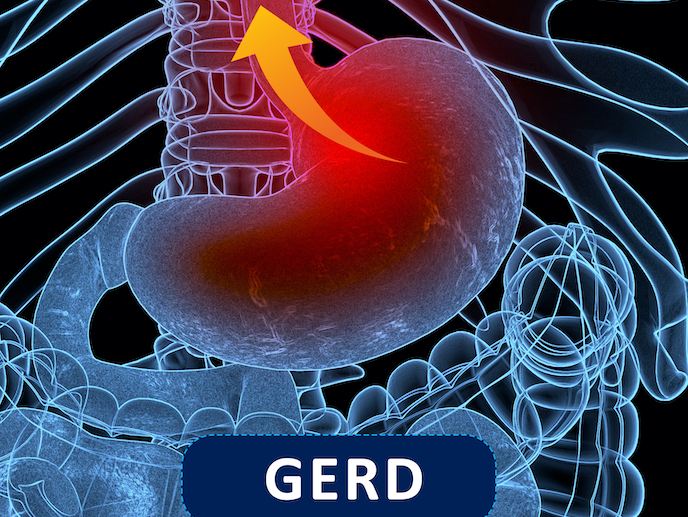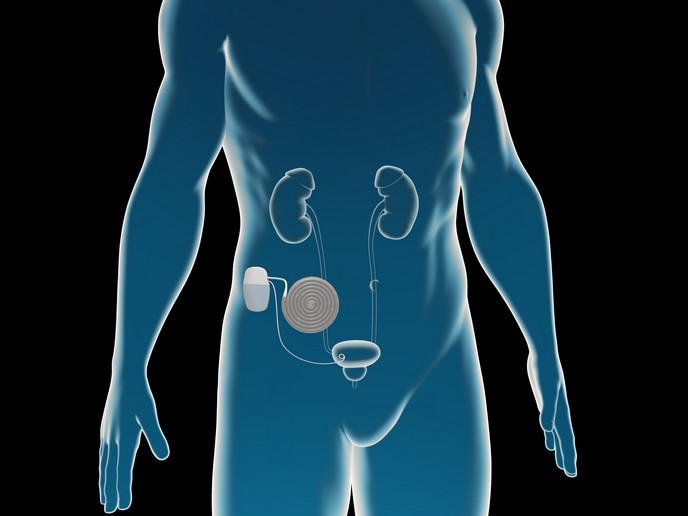Novel treatment could cure potentially dangerous condition for millions
Many of us will have experienced heartburn, but for those for whom gastroesophageal reflux disease (GERD) is chronic, tissue in the oesophagus can become damaged. An estimated 5-7 % of the world population (circa 400 million people) suffer from GERD, imposing a very real economic burden on healthcare systems. Caused by a loss of integrity of the gastroesophageal barrier known as the lower oesophageal sphincter (LES), the condition is one of the most common gastroenterological diagnoses in the EU and globally. However, with EU support, the G125 project team has developed an endoscopic outpatient injection treatment that can help prevent reflux effectively, affordably and with minimal invasion. G125 is now ready to be clinically evaluated at three GERD centres of excellence in Europe.
Current treatments are often inadequate
“The disease’s fundamental cause is a loss of integrity of the LES which normally prevents gastric reflux,” explains project coordinator, Stefan Lemperle, who is also the founder and CEO of AscentX Medical Inc(opens in new window), the project’s host. This results in the reflux of gastric acid and occasionally even duodeno-gastric reflux of bile and digestive pancreatic enzymes back into the oesophagus: “Evocatively known as ‘witch’s brew’, as it is so unpleasant,” he adds. Treatments for the condition currently take the form of proton pump inhibitors(opens in new window) (PPIs) or, in extreme cases, surgery. The former may help temporarily, but only serve to mask the symptoms without addressing the underlying problem itself, do not reduce the risk of cancer, and can increase the risk of heart attack and bone fractures. Around 50 % of those using medication show persistent symptoms. Surgical intervention is not without its own drawbacks. “To prevent chronic damage to the inner lining of the oesophagus and throat, surgery known as gastric fundoplication can be an option. But it is invasive, costly, and has shown mixed long-term results,” says Lemperle. Complications after gastric fundoplication may develop in up to 30 % of patients and, as Lemperle explains: “Studies show 62 % of patients who underwent open reflux surgery were still taking acid suppressive drugs after 10 years. “To potentially cure GERD and prevent its long-term side effects, we developed G125 as an injectable ‘bulking agent’ to endoscopically repair LES sphincter incompetence in an outpatient setting.”
A new approach to an age-old condition
AscentX Medical has adapted its unique, ‘permanent’ injection, bulking agent technology to treat GERD. It consists of injectable microspheres made of polymethylmethacrylate (PMMA) spheres. These have a 30-year history of safety and effectiveness in medical use. The team uses PMMA spheres that are 125 microns in size and are evenly suspended in a specifically designed bovine collagen carrier. “The patient is injected with G125, which remains safely and permanently at the injection site, promoting formation of the patient’s own collagen,” says Lemperle. Within 4-6 weeks after injection, approximately 80 % of the newly formed soft tissue ‘bulk’ consists of the patient’s own fibro-vascular tissue.
G125 – a ‘living implant’
G125’s goal is to clinically prove its safety and efficacy over a 2-year period and establish itself as the new first-line treatment for GERD. They have also been perfecting their endoscopic injection device to assure safe and consistent strictly ‘submucosal’ placement of G125 around the LES. “We believe that our treatment for GERD can provide a minimally- invasive, cost-effective, long-term solution for a problem that impacts on the lives of millions,” concludes Lemperle.







